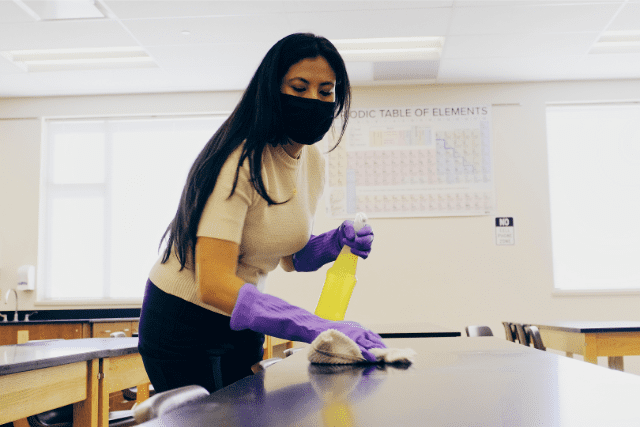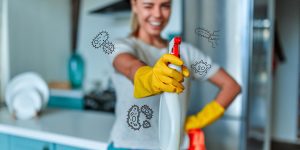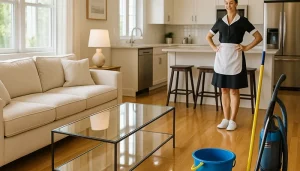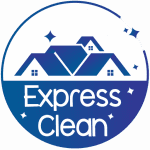Essential Classroom Cleaning Guide: Best Practices, Materials, and Safety
Creating a safe and healthy learning environment begins with effective classroom cleaning. Whether you’re a facility manager, a homeowner overseeing remote learning spaces, or an operations lead, adopting the right techniques promotes safety, compliance, and learning. This comprehensive guide by Express Clean highlights key strategies, correct materials, and efficient scheduling approaches suited to classrooms in Chicago and the suburbs.
Why Classroom Cleaning Matters
Classrooms are high-traffic spaces where germs can easily spread. According to the CDC, proper cleaning and disinfection reduce the risk of illness, improving attendance and concentration.
Choosing Safe and Effective Cleaning Products
Not all cleaning agents are suitable for every surface. Selecting products compatible with desks, floors, electronics, and other classroom materials helps prevent damage and ensures safety:
- pH Levels: Neutral (around pH 7) cleaners are safe for most surfaces. Alkaline products (pH 8–11) are best for heavy soil on resilient floors, but avoid acids on metals or delicate surfaces.
- Contact/Dwell Time: Always follow manufacturer instructions. Disinfectants typically require 3–10 minutes of wet contact to kill pathogens (EPA guidance).
- Material Compatibility: Check the Safety Data Sheet (SDS) before applying new chemicals. Wipes and sprays for electronics must be alcohol-based but free of harsh solvents.
High-Touch Area Protocols
Classrooms contain numerous high-touch surfaces. Prioritize these zones during daily cleaning cycles:
- Door handles and push plates
- Desk and chair surfaces
- Shared equipment (computers, whiteboard markers, switches)
- Light switches and railings
Refer to our post on how cleanliness influences the work environment for more on infection control strategies.
Preventing Cross-Contamination
Cross-contamination is a leading cause of school outbreaks. Use color-coded microfiber cloths and mop heads for different zones (e.g., red for restrooms, green for surfaces). Always wear appropriate PPE (gloves and, if chemicals dictate, goggles or masks) per OSHA and manufacturer recommendations.
Scheduling Classroom Cleaning Efficiently
Effective scheduling ensures thorough cleaning without disrupting learning. Consider:
- Daily removal of debris and disinfecting of high-touch areas
- Weekly deep cleaning of floors, windows, and furniture
- Seasonal tasks (carpet extraction, ventilation system cleaning)
In the Chicago area, scheduling is especially important during harsh winters where salt and snow increase soil loads.
Sample Classroom Cleaning Schedule
| Task | Frequency |
|---|---|
| Empty trash & spot-clean surfaces | Daily |
| Disinfect desks & touchpoints | Daily |
| Vacuum/mop hard floors | 2–3x/week |
| Deep clean carpets | Monthly or as needed |
| HVAC filter checks | Quarterly |
Compliance and Industry Recommendations
Stay up-to-date with cleaning protocols by referencing trusted organizations. For example:
- GBAC STAR Facility Accreditation helps schools and buildings meet the highest standards in cleaning, disinfection, and infection prevention.
- ASHRAE guidance on filtration and disinfection offers best practices for indoor air quality.
For specialized environments such as science labs or special education classrooms, consult manufacturers’ recommendations and relevant SDS documentation.
Safe Waste Handling in Classrooms
Handle trash, broken glass, and potentially infectious waste with caution. Always wear gloves, seal waste in appropriate liners, and deposit in designated containers. Train staff on OSHA bloodborne pathogen standards if handling hazardous materials.
Enhancing the Learning Environment
Clean classrooms foster better learning and help avoid common complaints. Read further about common guest complaints and how to avoid them.
Optimize Air & Surface Quality
Regularly cleaning ventilation grilles and changing HVAC filters improves classroom air quality, especially in urban/suburban Chicago. More people are looking to how cleaning companies are innovating with new technology and products for these challenges.
Checklist: Steps to a Cleaner Classroom
- Inspect supplies and equipment for safety and readiness
- Pre-clean visible soil before disinfecting
- Apply disinfectant with prescribed dwell time
- Use separate materials for different zones
- Ventilate the area after cleaning
Next Steps for a Healthier Facility
The right cleaning approach supports student, staff, and visitor safety. If you need professional classroom or facility support, book office cleaning in Chicago or schedule commercial cleaning today.
Further Resources
- Cleaning in the common areas of a building
- Avoiding common cleaning mistakes
- Creating a good working environment
About the Author
Reviewed by: Express Clean Team
With over 20 years of experience providing cleaning services in Chicago’s schools and commercial buildings, our experts are trained in OSHA, CDC compliance, and latest cleaning innovations.

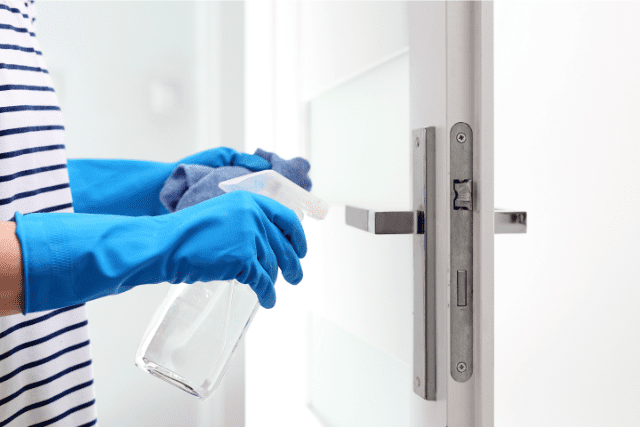
Commercial Cleaning Service in Chicago., damage to the lungs, eco-friendly, Commercial Cleaning Service in Chicago, Chicago Commercial Cleaning Service, Commercial Cleaning Services Chicago, IL, Commercial Service in Skokie, IL

